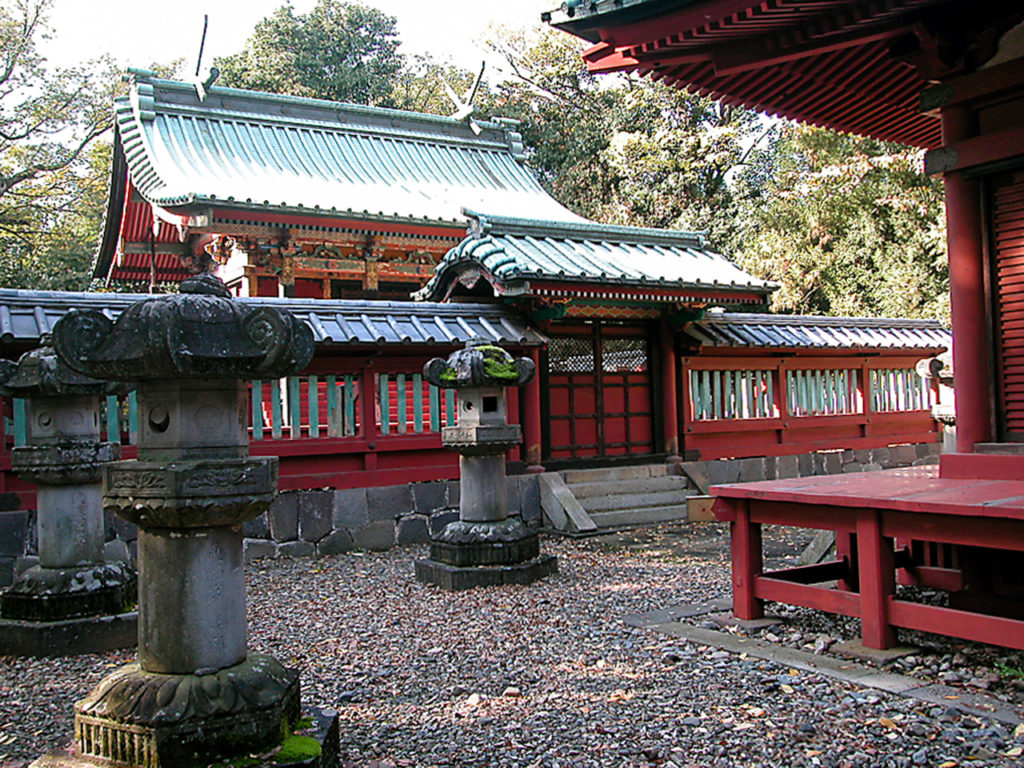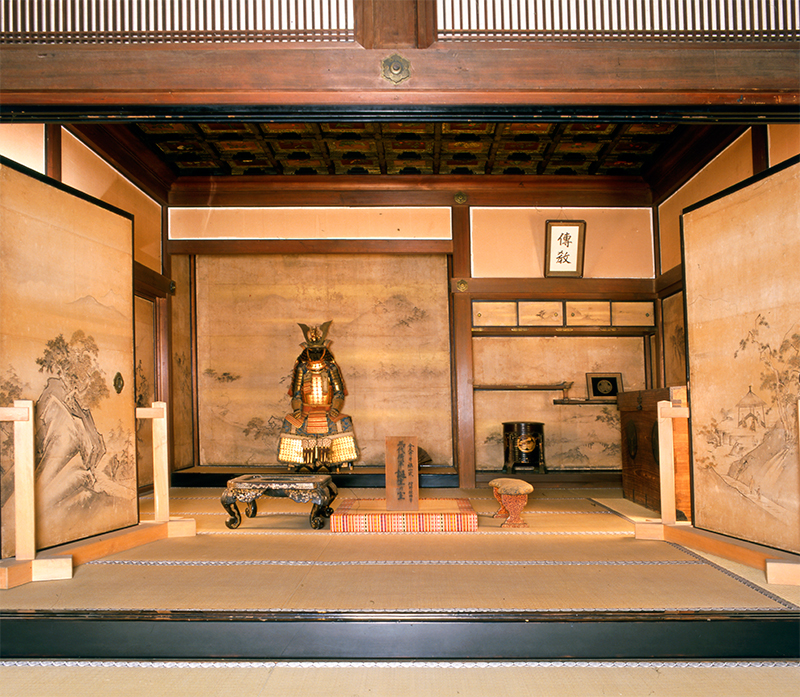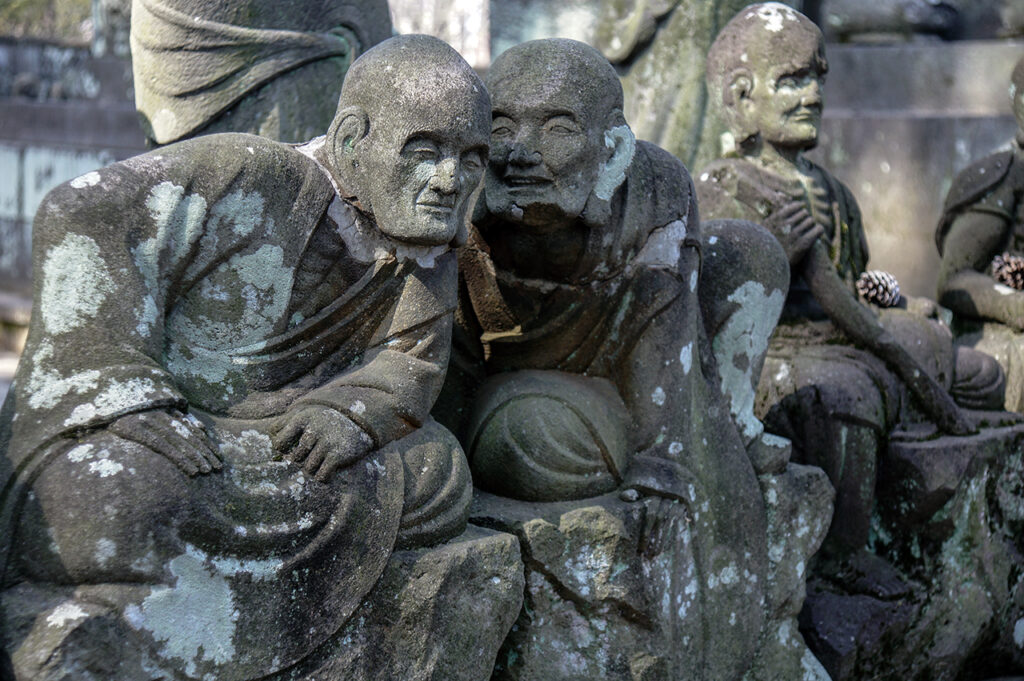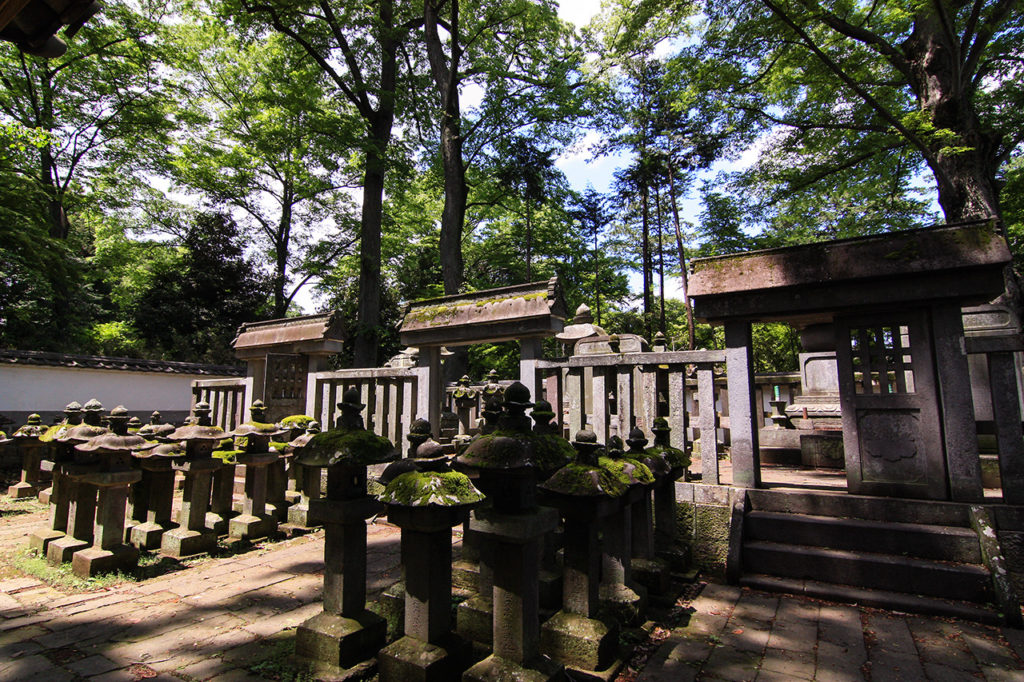
Kitain Temple’s History
We introduce representative buildings of Kitain Temple with a long history of 1200 years.
The history of Kitain Temple is thought to have begun when the monk Ennin founded Muryojuji Temple in 830 under the orders of Emperor Junna. Muryoju is another name for the Amitabha Buddha (Buddha of infinite light and immeasurable life), the principal image of Kitain Temple. The official name is Seiyasan Muryojuji Kitain Temple. There was a time when Muryojuji Temple had three parts: Kitain Temple (the northern temple), Nakain Temple (the middle temple), and Minaminoin Temple (the southern temple).
Burned down during fighting in 1205, Kitain Temple was rebuilt in 1296 by the monk Sonkai. After that, it flourished as a central place for studying Tendai Buddhist doctrines in the Kanto region. It was most prosperous under the monk Tenkai (1536? – 1643), the 27th head priest of Kitain Temple (There is Jigen-do Hall enshrining a statue of Tenkai on a small hill beside Main Hall.). At the same time, the Chinese characters of Kitain were changed from 北 院 (kita-in), meaning “temple in the north,” to 喜 多 院 (ki-ta-in), indicating a temple full of happiness. He gained the absolute trust of the Tokugawa shogunate from the first Shogun. Thanks to this, Kitain Temple was also patronized by the shogunate throughout the Edo period.

Buildings and cultural heritage
Senba Tosyogu Shrine
When the Shogun Ieyasu Tokugawa died in Sunpu Castle in 1616, he was temporarily buried at Mt. Kuno in Shizuoka Prefecture. But in 1617, he was reburied at Mt. Nikko in Tochigi Prefecture. On the way to Mt. Nikko, the remains were kept at Kitain Temple for four days from March 23rd to 26th, and priest Tenkai held a grand memorial service there. After that, Senba Toshogu Shrine was built in Kitain temple in 1633 as a place to worship Ieyasu Tokugawa. However, it was destroyed by fire in 1638. Shogun Iemitsu Tokugawa ordered Kawagoe feudal lord Masamori Hotta to rebuild the Shrine. Its construction was completed in 1640. Kitain Temple used to manage Senba Tosyogu Shrine, but the Meiji government decided that Senba Toshogu would be administered separately from Kitain Temple.
Remains of Edo Castle
In January 1638, a fire broke out near Kawagoe Castle. It spread throughout the town. A spreading fire also damaged Kitain. Fortunately, Main Gate and Bell Tower survived the fire, but other buildings were burnt down. In the years since the fire, Senba Toshogu, Kitain Pagoda, Main Hall, Kyakuden, Kuri, and Shoin were rebuilt in succession by order of the shogunate. Kyakuden, Kuri, and Shoin are the palace buildings of Edo Castel in particular. To support the reconstruction of Kitain, Shogun Iemitsu Tokugawa ordered the relocation of several palace buildings from Edo Castle (now the site of the Imperial Palace in Tokyo) to Kitain Temple. These buildings in Kitain are one of Japan’s oldest Edo Castle structures because Edo Castel in Tokyo was damaged by the Great Kanto Earthquake of 1923 and World War II. One of the most ornate rooms, decorated with a gorgeous ceiling and paintings on the walls, is thought to be the room where Shogun Iemitsu Tokugawa was born. Other rooms were used by Kasuga-no-Tsubone when they were in Edo Castle. Kasuga-no-Tsubone was the wet nurse of Shogun Iemitsu Tokugawa. These buildings today are protected as National Important Cultural Properties.
500 Statues of Rakan
There are more than 500 stone statues representing the disciples of Buddha. In ancient India, a person who had reached the highest religious state was called an arahant, translated in Japanese as Rakan. They were carved between 1782 and 1825, with no two statues alike. We can see the various facial expressions: smiling, angry, chatting, dozing, reluctant, bored, etc. It is said that if you feel the statues in the dead of night, you will find one that is warm. Come back during the day, and you will see it is the statue most resembling your parents.
Daimyo Graves
Behind Main Hall of Kitain Temple, there are graves of five of the feudal lords (Daimyo) who ruled the Kawagoe domain during the 18th and 19th centuries. They are the Matsudaira family, a branch of the Tokugawa shogun family: Tomonori Matsudaira, Naotsune Matsudaira, Naonobu Matsudaira, Naritsune Matsudaira, and Naoyoshi Matsudaira.
Shokunin Tsukushie
These 24 scenes of artisans at work were painted by Yoshinobu Kano(1552-1640), an elder of the Kano school, the most flourishing school in Japanese painting history. It is considered a scene from the Kyoto area in the late 16th century. The pictures are National Important Cultural Properties.
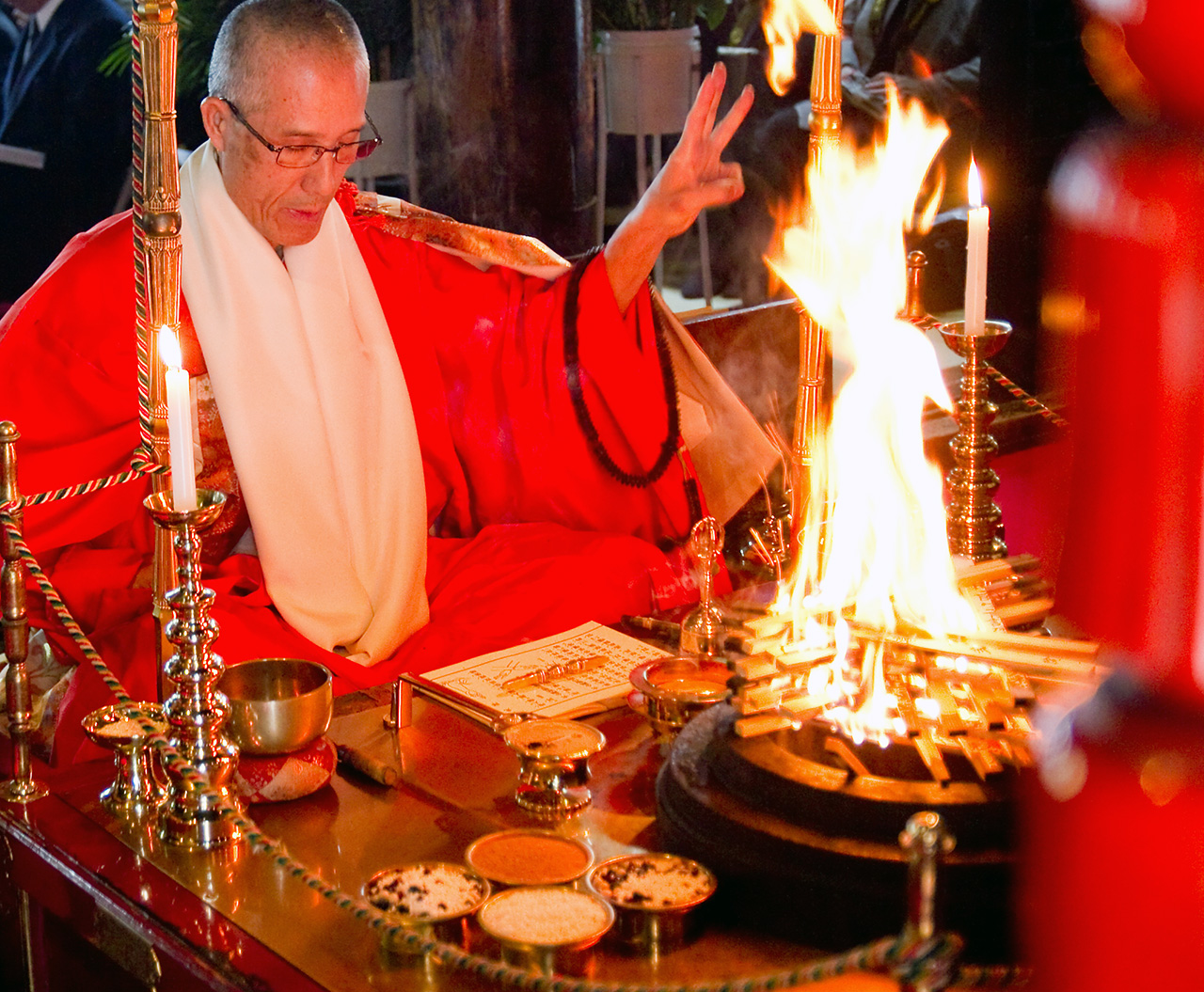
Traditional Succession
Daruma Festival
On January 3rd of every year, Kitain Temple holds the festival in honor of Jie Daish. It is also the day Daruma Doll Festival is held, one of the biggest festivals in Kawagoe city. Daruma Doll always stands up every time it falls down. Because of these characteristics, Daruma Doll is considered a lucky charm, meaning “Don’t give up.” Decide on your wish and paint in the left eye first. Do not paint the other eye until the wish is granted, and leave Daruma Doll on display. After the wish is granted, the right eye is painted.

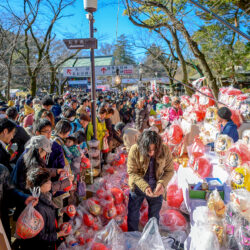
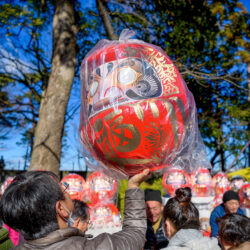
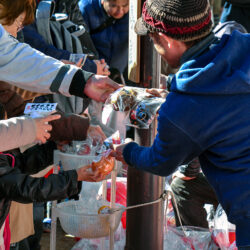
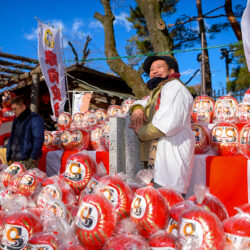
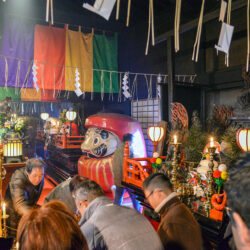
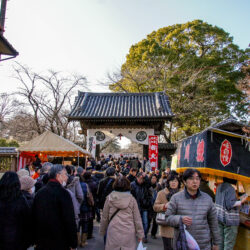
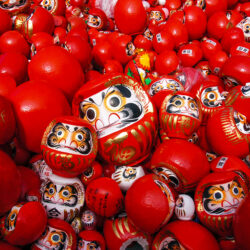
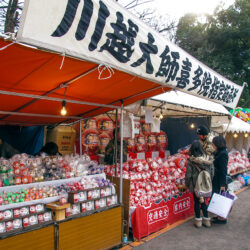

Seven Mysteries of Kitain
One of the seven mysteries concerns why bells should not be rung on the grounds of kitain. Other tales talk of dragons, foxes, and beautiful women.
Gardens
Kitain has several gardens both inside and outside the museum area. Various flowers are in full bloom, mainly cherry blossoms, plums, maple trees, hydrangeas, and azaleas—the scenery change with the seasons.
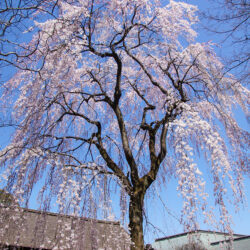
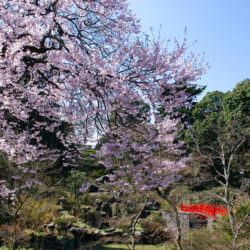
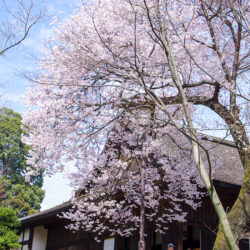




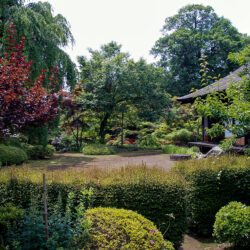
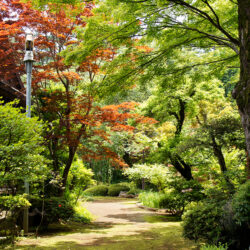

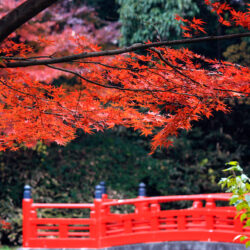


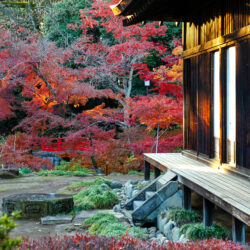
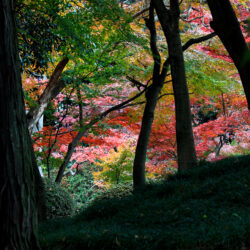
Hours and Admission
We look forward to the shrine of everybody.
Hours
- March 1 – November 23
Weekdays 9:00 – 16:30
Sundays and holidays 9:00 – 16:50 - November 24 – February 28
Weekdays 9:00 – 16:00
Sundays and holidays 9:00 – 16:20
Admission
- Adults : JPY400
- Children (junior high school students) : JPY200
Groups (over 20)
- Adults : JPY350
- Children (junior high school students) : JPY150
Closed
- December 25 – January 8.
- February 2 -3
- April 2 -4
Due to temple events, we may occasionally close without prior notice.

